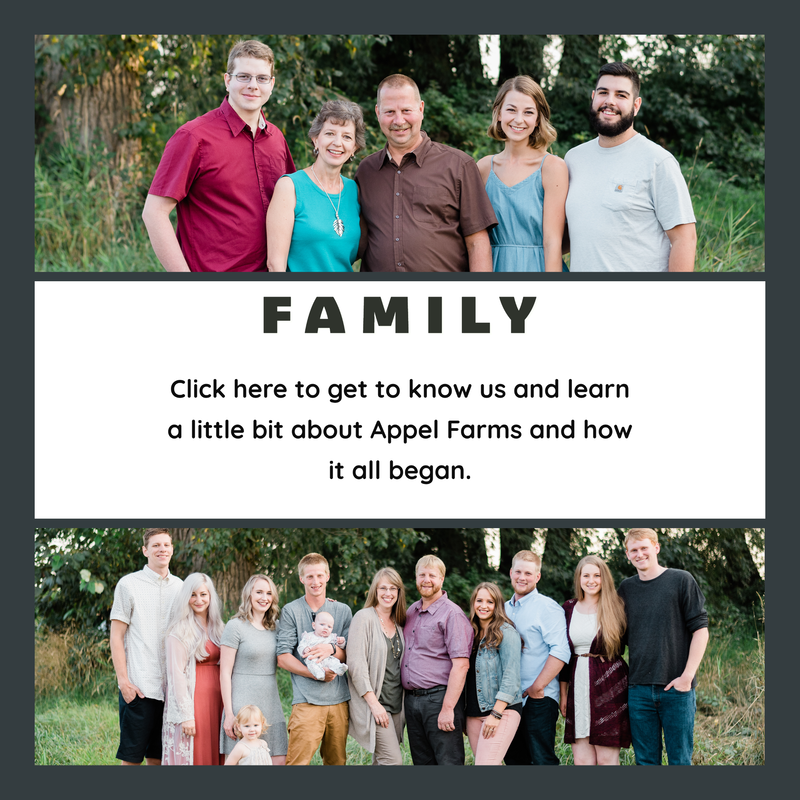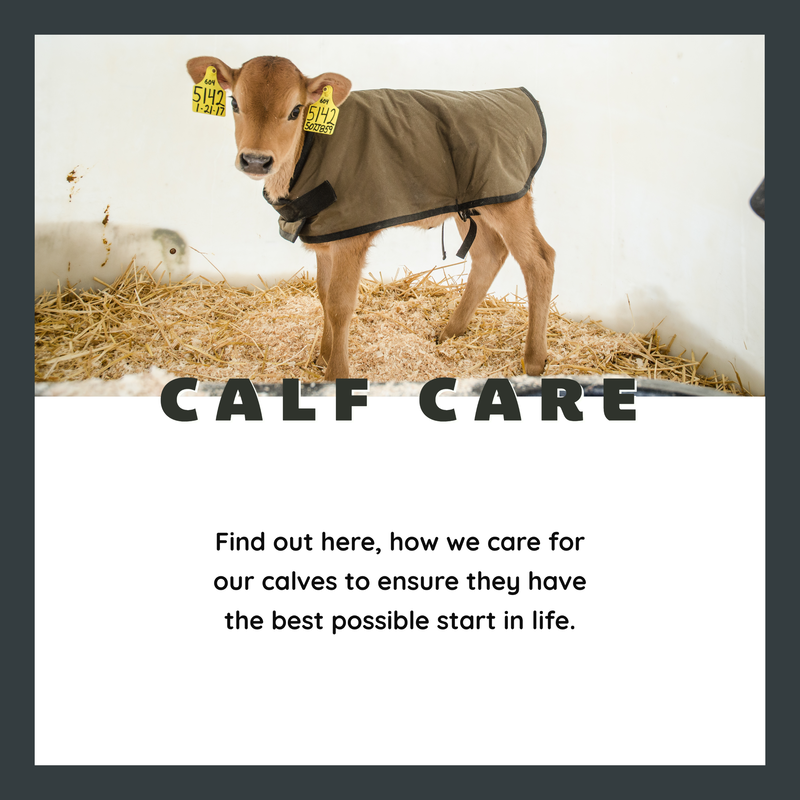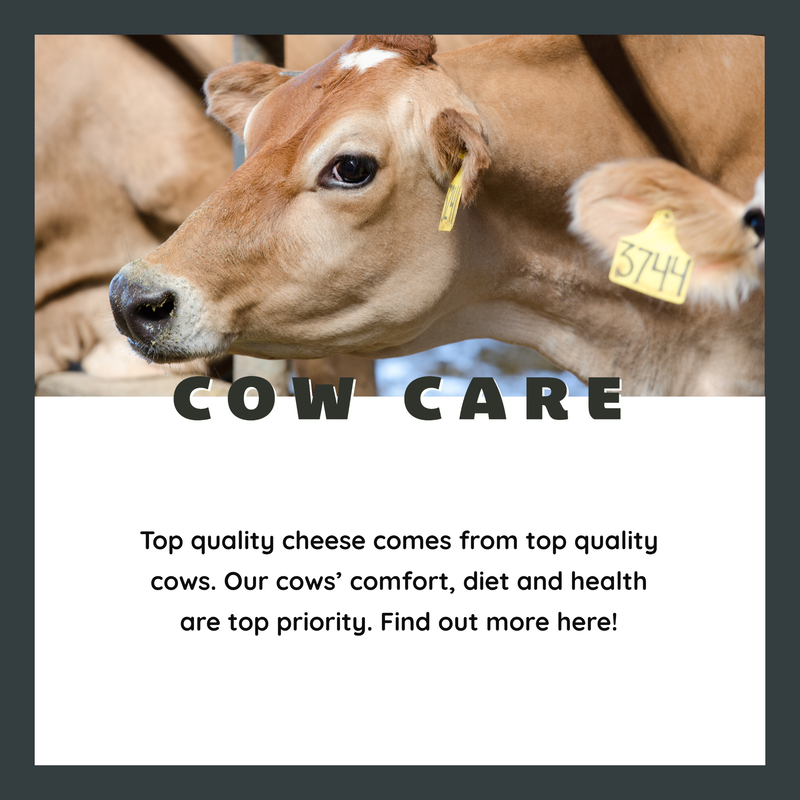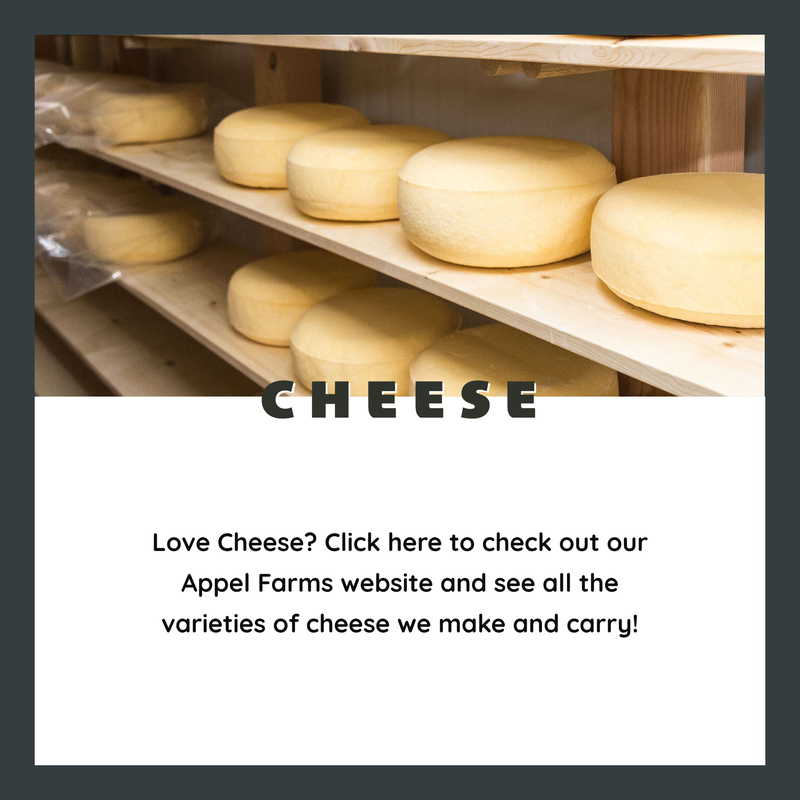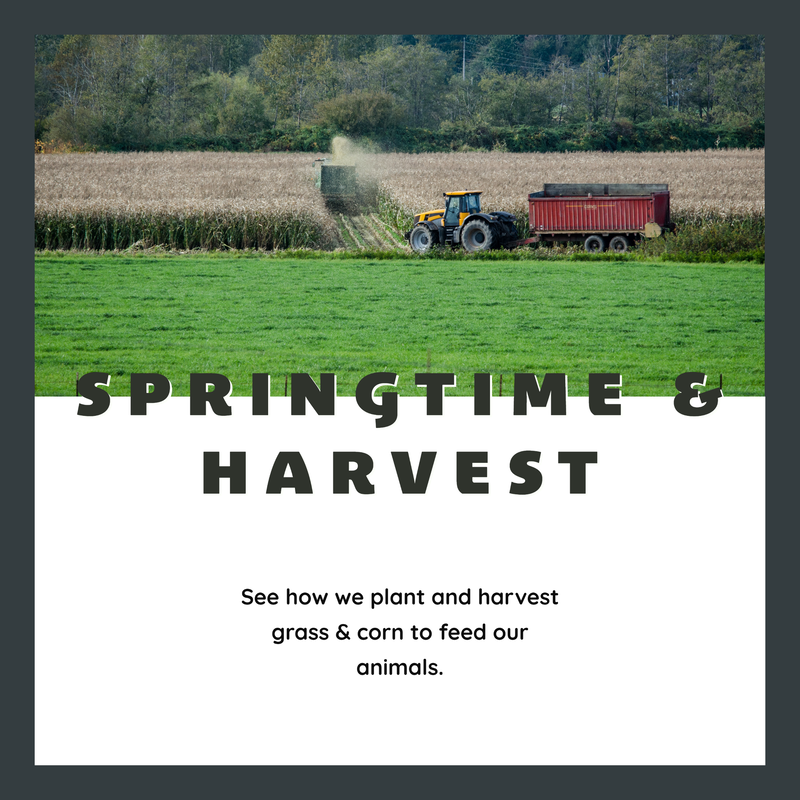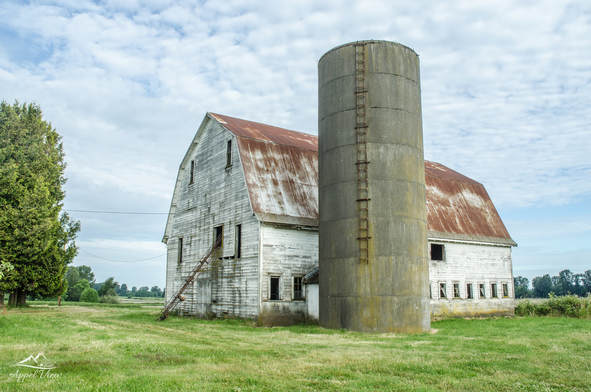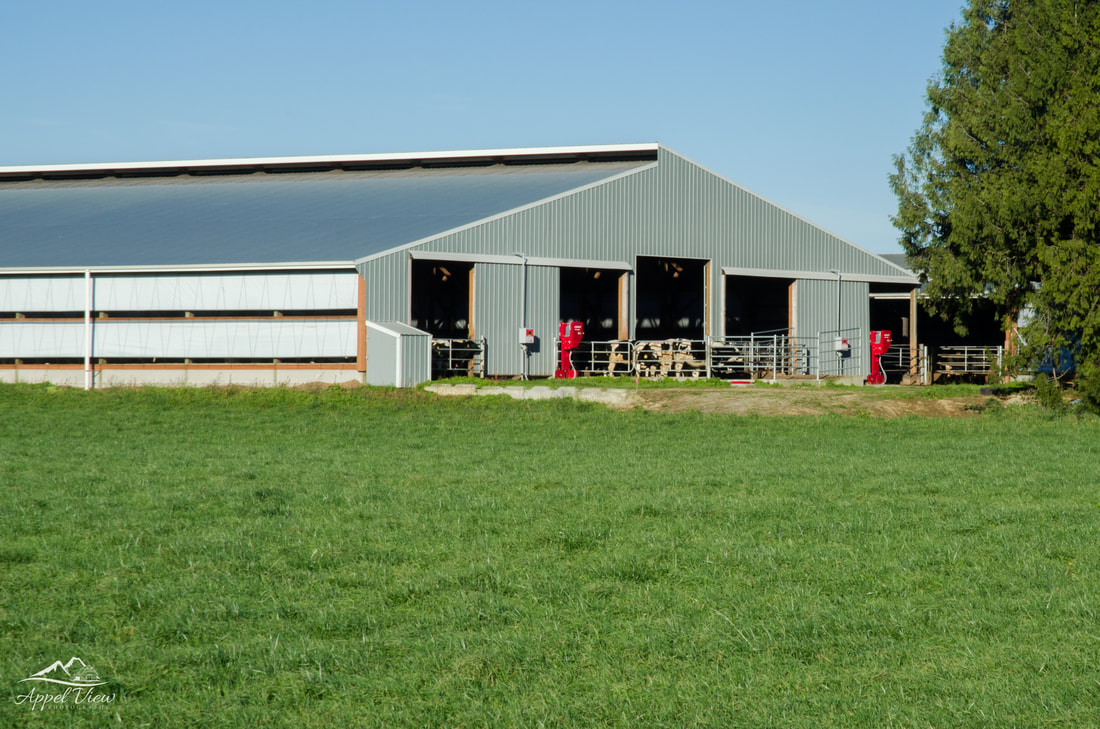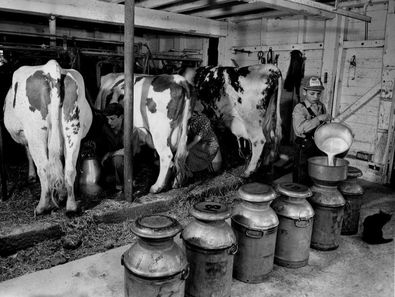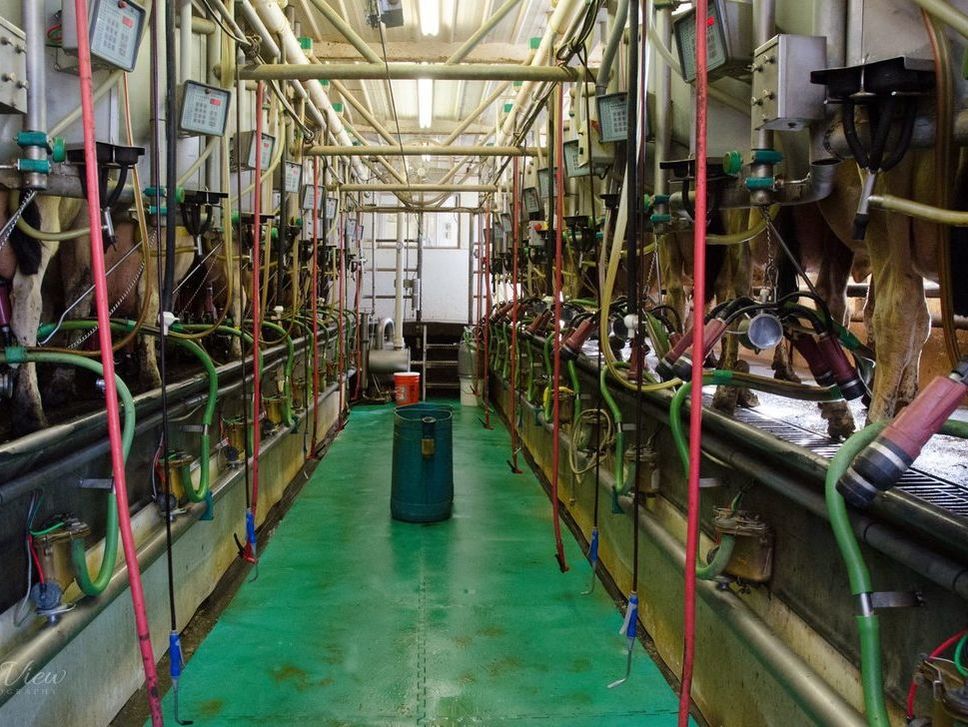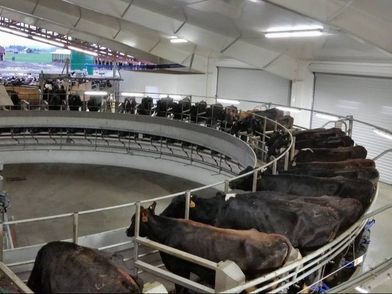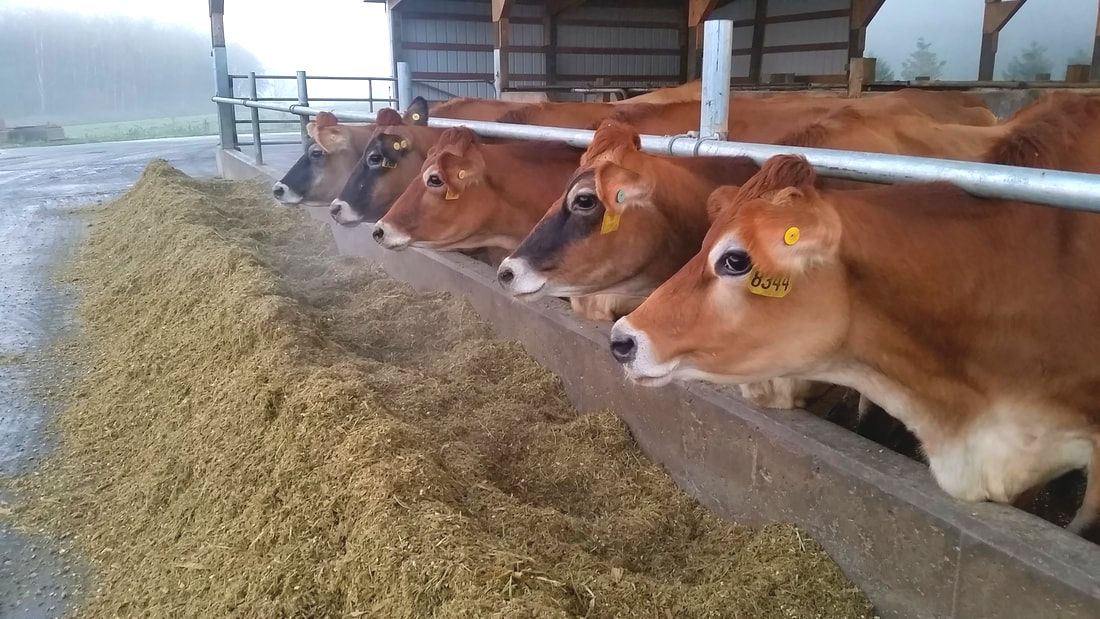THE HISTORY OF DAIRY
-
Barns
-
Milking Parlors
-
Jersey Cattle
<
>
Barn styles have changed over the years some of it due to new innovations such as milking machines and refrigeration but the most important thing we consider when building or remodeling a barn has not changed, cow comfort. From the book Animal Husbandry for Schools (1913) - “There are certain fundamentals that should be provided in every building in which the dairy cow is stabled. Chief among these are light, ventilation, sufficient room, smooth and light walls and ceilings, a good floor, a comfortable and convenient stanchion and properly constructed mangers.” - and from 2011 - “cows need good air quality, a dry comfy resting place, good access to feed, good access to water, and confident footing.”
|
An old local dairy barn with silo and hay elevator. Notice all the windows and the style of them? Those were designed to let as much air flow and light in as possible.
|
From flat barns with stanchions, where you walked between the cows to hand milk or place a milking machine, to pit parlors such as herringbone and parallel, where the cows are at eye level, to the latest rotary or carousel style, where the cows rotate around the milker, milking parlors have changed in many ways.
|
Jersey Dairy Cattle
The Island of Jersey is one of a group known as the Channel Islands, situated in the English Channel, a few miles off the coast of France, but belonging to Great Britain. The principal islands of the' group are Jersey, the largest, Guernsey, Alderney, and Sark. The climate is mild and balmy. The exact origin of the cattle on the Island of Jersey is uncertain. Because of the color, however, it has been assumed that they descended from stock on the neighboring section of France, particularly Normandy and Brittany. The fawn color has been attributed to the cattle of Normandy, while the blacker color has been credited to the Brittany cattle. |
At an early date, however, steps were taken to keep the breed pure by preventing outside cattle coming into the Island. In 1763, an act was passed, which has since been rigidly enforced, and supplemented by further acts, prohibiting the landing of cattle on the Island except for the purpose of slaughter.
Even before the enactment of laws, the purity of the cattle was maintained by the persistency with which the people of the Island cling to their own breed. There are about 40,000 cattle on the Island.
Even before the enactment of laws, the purity of the cattle was maintained by the persistency with which the people of the Island cling to their own breed. There are about 40,000 cattle on the Island.
by Merritt W. Harper
Animal Husbandry for Schools, 1913
Animal Husbandry for Schools, 1913


